2004 Peugeot Quark Concept
- Story Cars
.png/v1/fill/w_320,h_320/file.jpg)
- Dec 12, 2024
- 2 min read

The 2004 Peugeot Quark Concept showcased a bold vision for compact, hydrogen-powered mobility. With its distinctive design and innovative technology, the Quark emphasized practicality and ecological performance in a futuristic package. This two-seater, four-wheel-drive vehicle was designed to demonstrate Peugeot’s advancements in fuel cell technology and its potential for real-world application.
A Compact, Futuristic Design
The Quark's minimal bodywork immediately conveyed a futuristic and utilitarian aesthetic. Despite its unconventional appearance, the design remained distinctly Peugeot, highlighted by dual LED headlamps, the iconic Lion badge, and a confident front grille. The front bodywork provided a windshield to shield passengers, while dedicated storage spaces added practicality. At the rear, a red-painted hydrogen tank symbolized the cutting-edge technology at the heart of this concept.
Innovative Hydrogen Fuel Cell Powertrain
The Quark featured a hydrogen fuel cell powertrain paired with four in-wheel electric motors. This design provided permanent four-wheel drive, delivering impressive torque and responsive handling. Each motor produced up to 100 Nm of torque and a maximum output of 7 kW, resulting in a combined maximum torque of 400 Nm (295 ft-lbs) and a continuous output of 28 kW (37.5 bhp). The hydrogen fuel cell and compact batteries supplied energy to the motors, while regenerative braking enhanced efficiency by capturing energy during deceleration.
Simplified and Compact Fuel Cell Technology
Peugeot’s engineers worked to miniaturize and simplify fuel cell technology for the Quark. The air-cooled fuel cell eliminated the need for a bulky water-cooling system, reducing overall size and weight. The 9-liter hydrogen tank, pressurized to 700 bars, provided a range of up to 100 km (130 km in economy mode). A quick “plug-and-drive” system allowed for easy replacement of empty hydrogen bottles, underscoring the practicality of the concept.
Advanced Chassis and Driving Dynamics
Built on a cast aluminum chassis with carbon fiber body panels, the Quark was both lightweight and durable, with a curb weight of only 425 kg (937 lbs). The chassis employed double wishbone suspension for each wheel, ensuring precise handling and stability. An electronic control module managed the motors independently, providing seamless torque delivery and advanced features such as regenerative braking. While not implemented in the concept, the system’s design could accommodate functions like ABS, ESP, and cornering assistance.
Braking and Tires
The braking system combined regenerative electric braking with mechanical hydraulic brakes, acting on vented discs to maximize efficiency and energy recovery. The vehicle was equipped with Michelin 235/45R17 tires on all four corners, complementing its agile and compact design.
Performance and Dimensions
The Quark delivered an estimated top speed of 110 kph (68.4 mph), suitable for urban and off-road environments. Its compact dimensions, with a length of 2,380 mm (93.7 in) and a height of 1,106 mm (43.5 in), made it highly maneuverable. The wheelbase measured 1,730 mm (68.1 in), while the front and rear track widths were 1,150 mm (45.3 in).
A Vision for the Future
The 2004 Peugeot Quark Concept embodied the potential of hydrogen fuel cell technology in an innovative and compact format. Its futuristic design, advanced powertrain, and lightweight construction demonstrated Peugeot’s commitment to sustainable mobility and technical ingenuity. While the Quark remained a concept, it provided valuable insights into the possibilities of clean, efficient transportation.










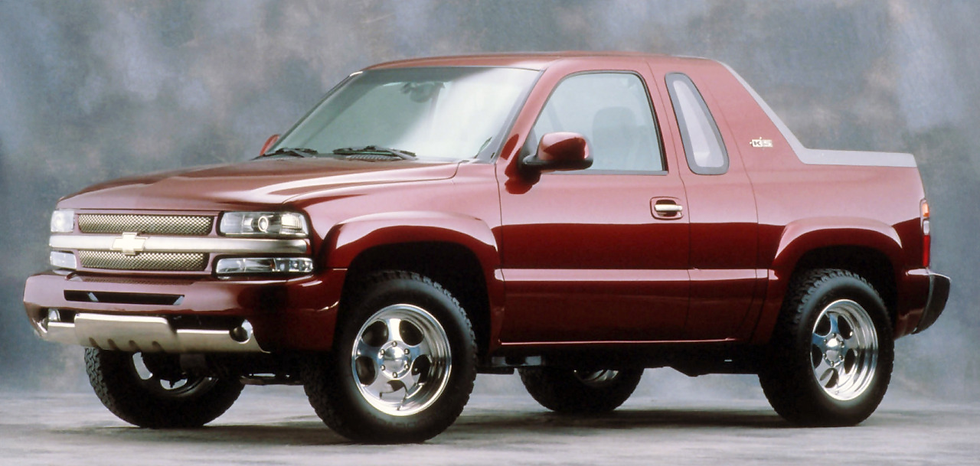






























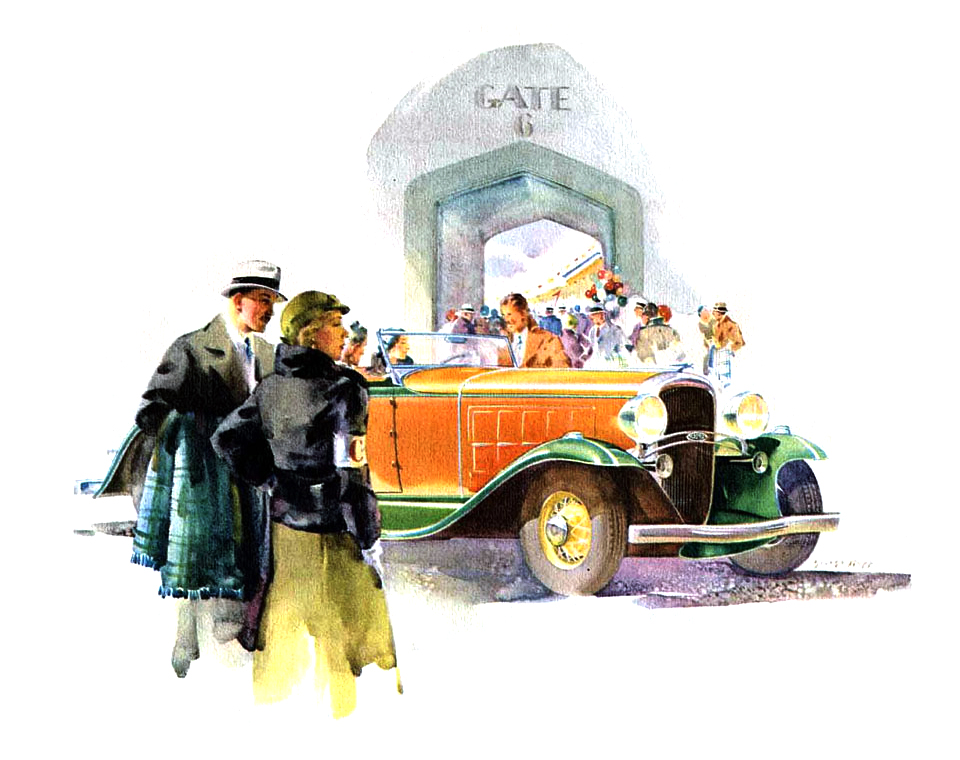
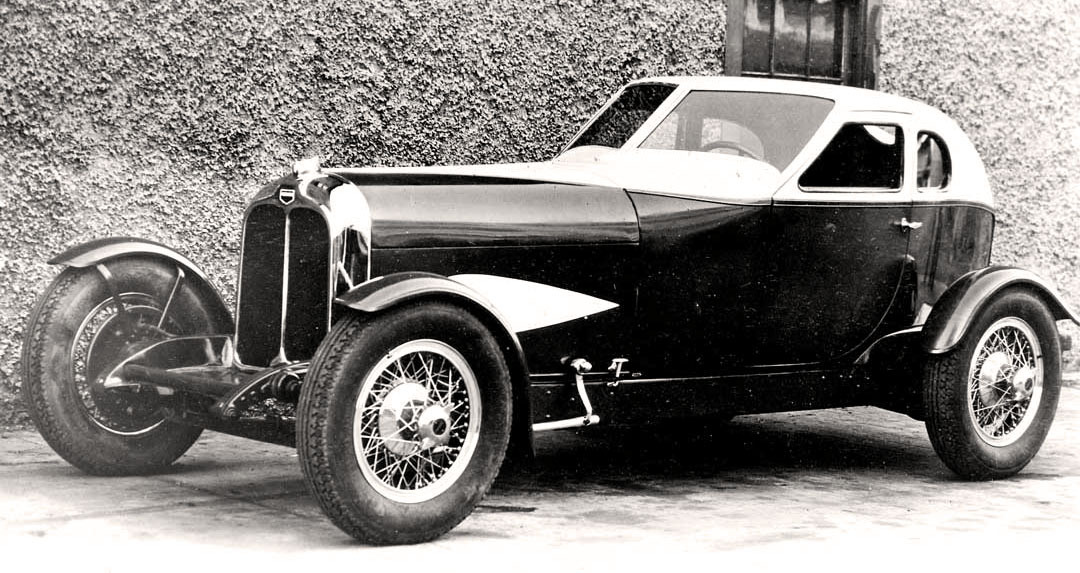
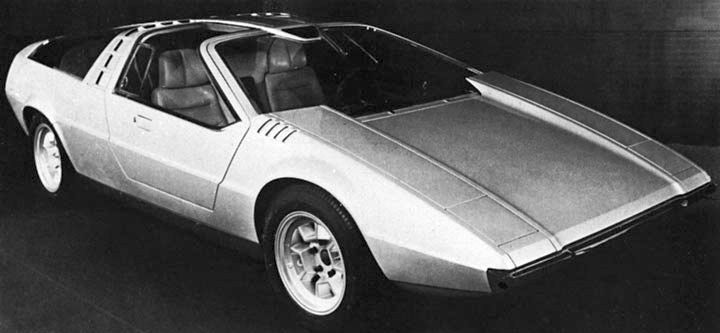






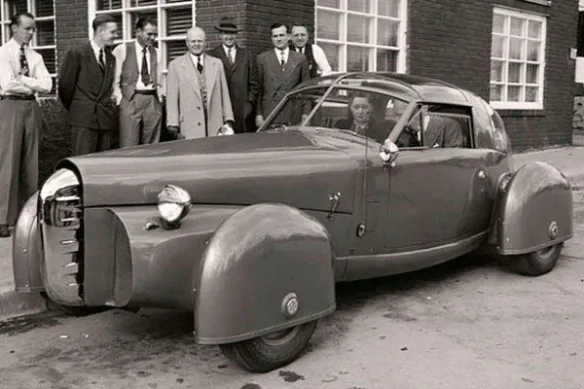



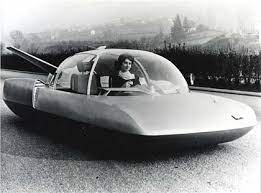

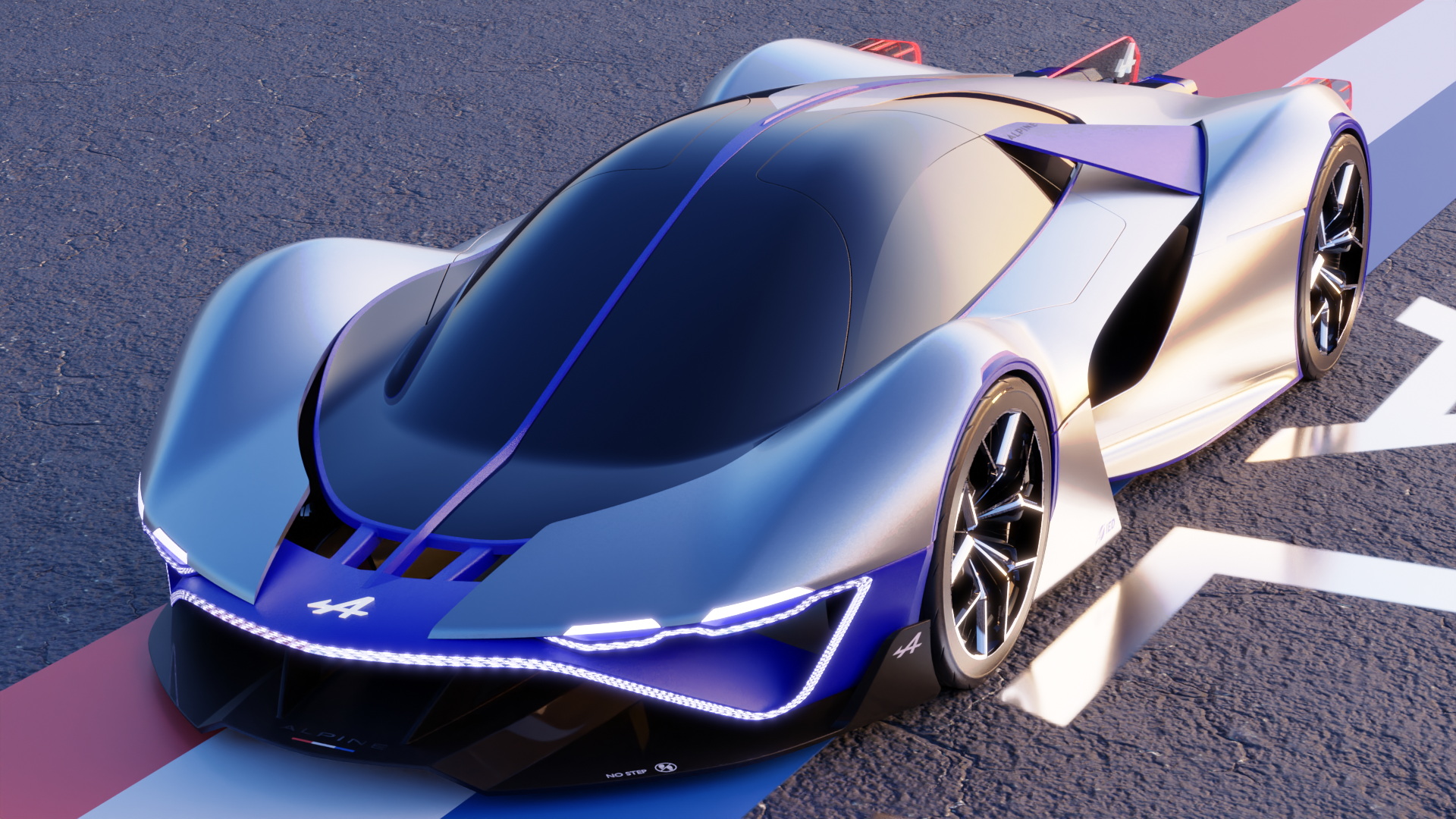
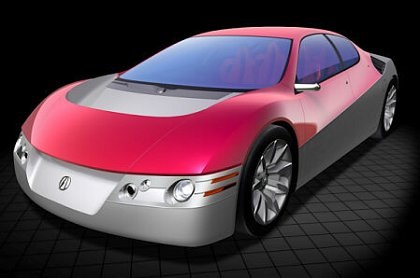

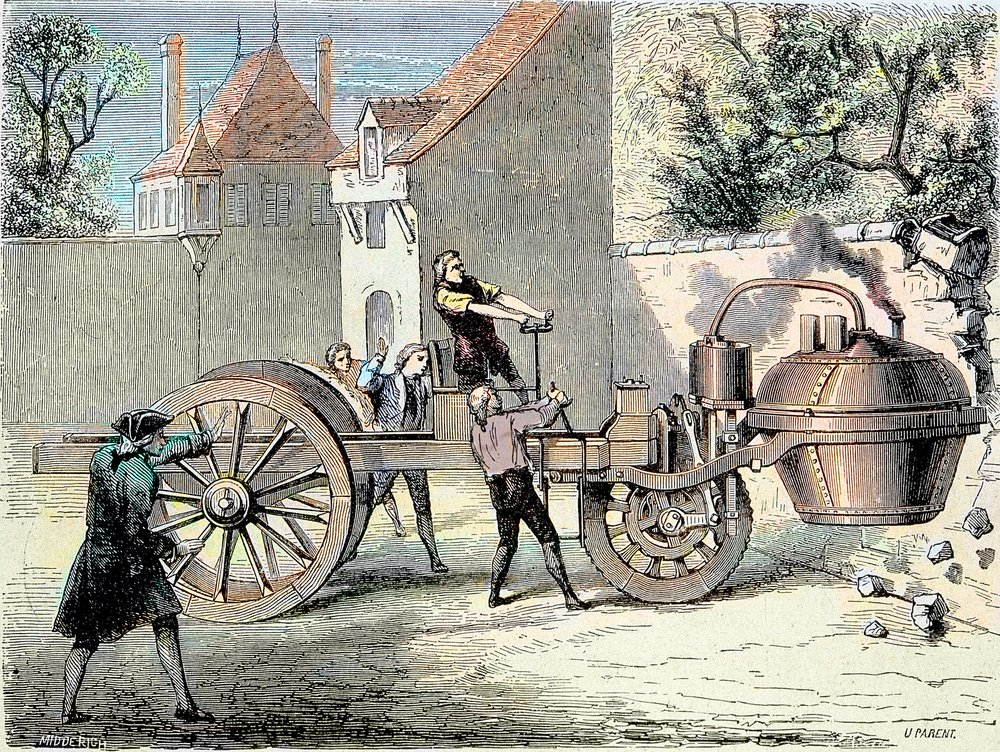
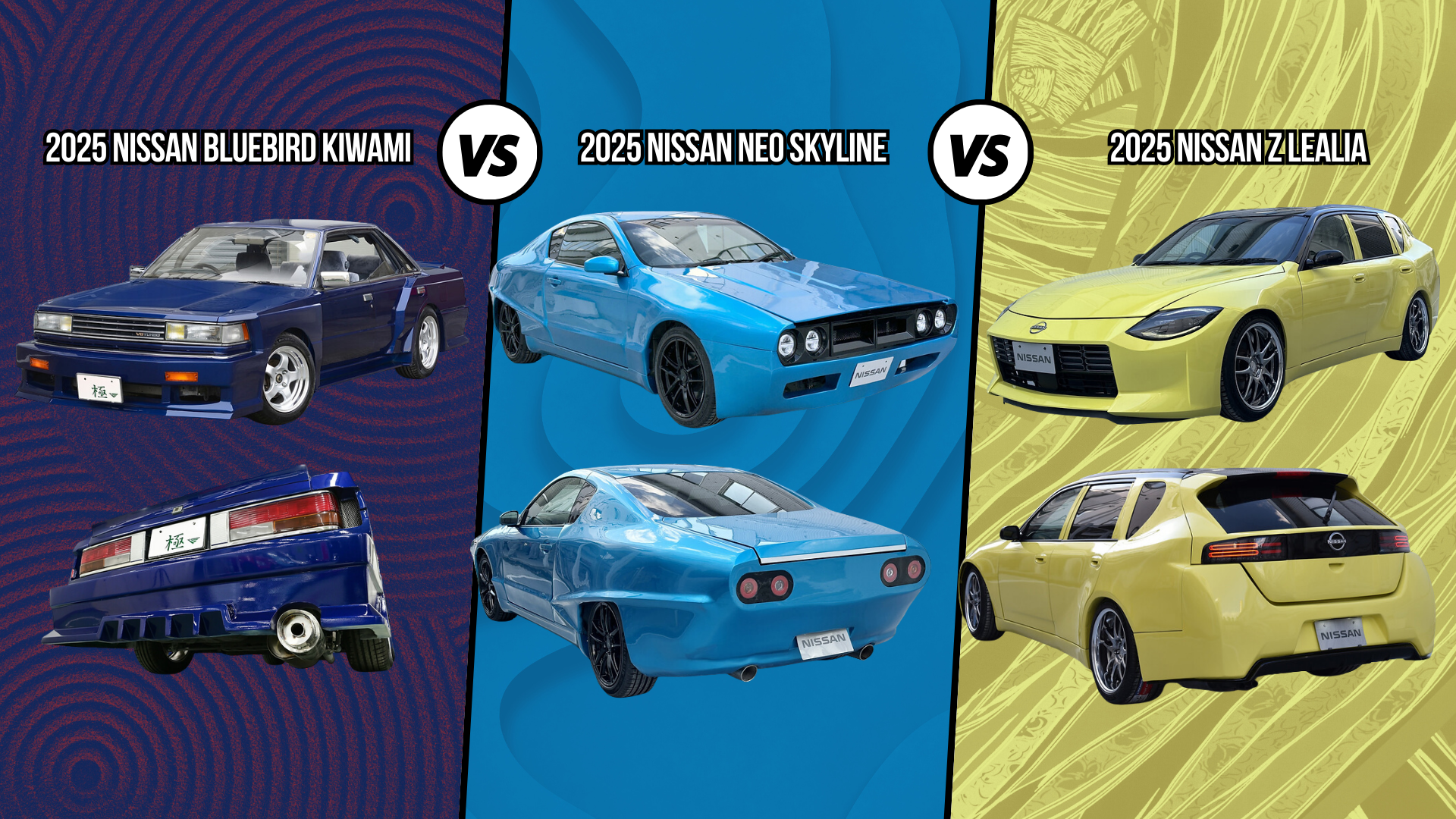

Comments